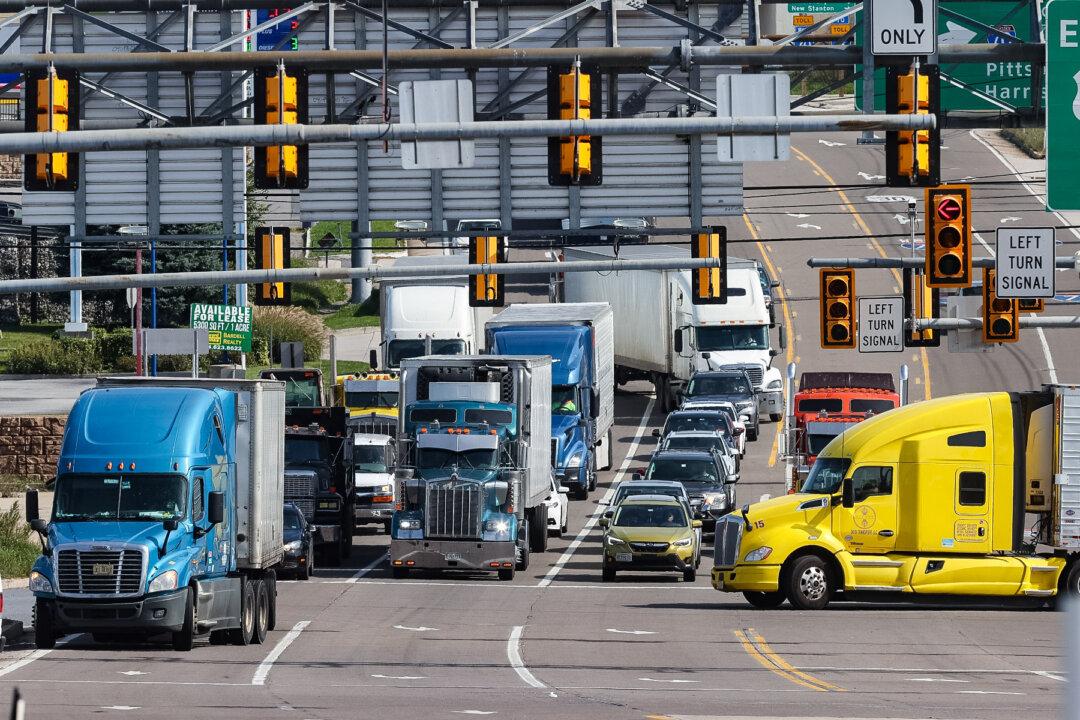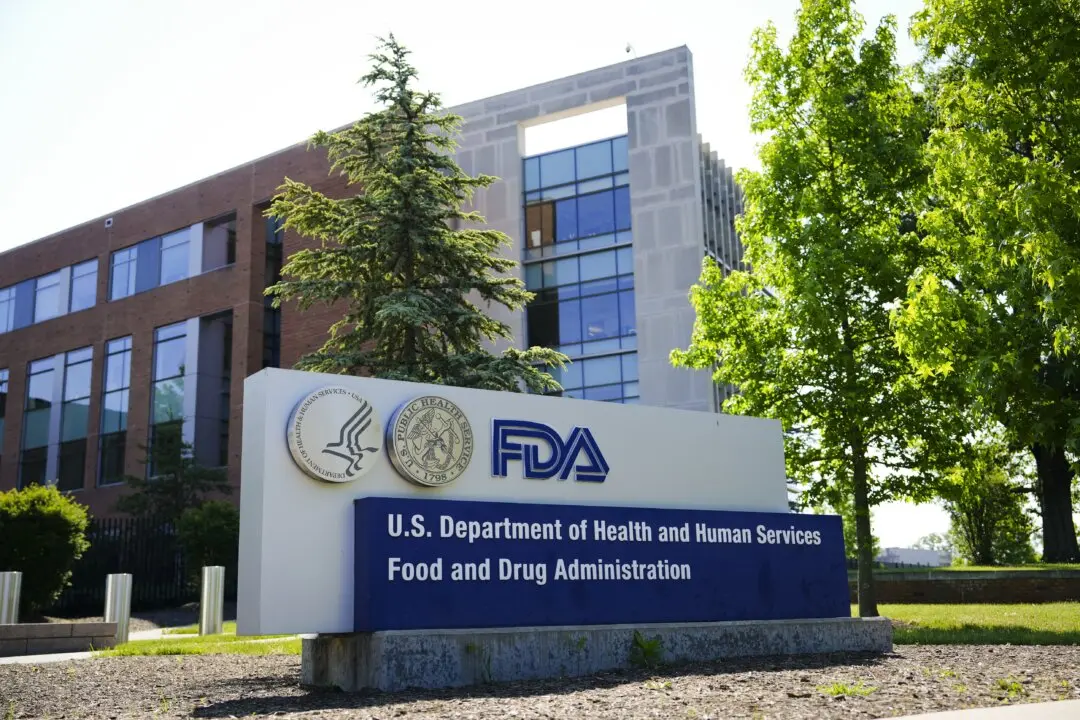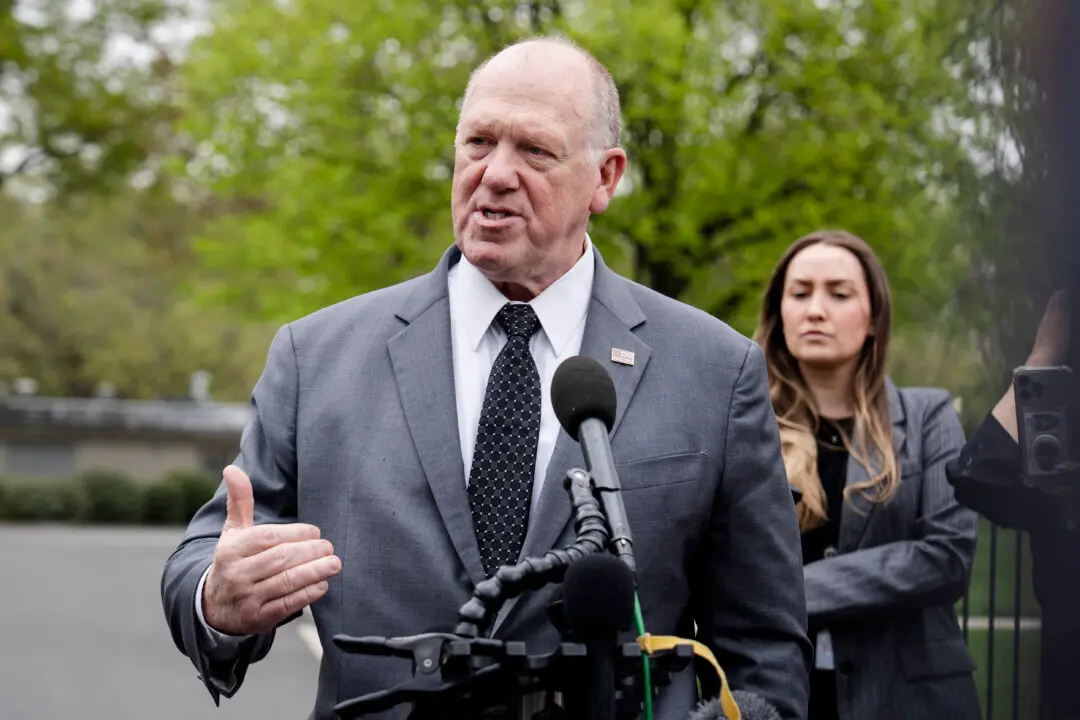The American Petroleum Institute (API) filed a lawsuit on June 18 against the Environmental Protection Agency (EPA) over the agency’s new rules that tighten emissions standards for heavy-duty vehicles.
In March, the EPA finalized new federal greenhouse gas emissions standards for heavy-duty vehicles, such as freight trucks and buses, with the regulations applicable to model years 2027 through 2032.





